Menghai Golden Buds Tribute Ripened Pu-erh Cake Tea 2013
$19.90 – $79.90Price range: $19.90 through $79.90
Description
| Origin: | Bulang Mountain, Menghai County, Xishuangbanna, Yunnan Province, China |
|---|---|
| Harvest Date: | June 10, 2013 |
| Production Date: | Oct. 21, 2022 |
| Plucking Standard: | One bud with two leaves |
| Net Weight: | 200g |
| Dry Tea: | Small and exquisite Pu-erh cake, slightly loose on the edge, many golden or reddish brown tea buds on the surface and inside of the cake. |
| Aroma: | Slight but persistent aged fragrant |
| Liquor: | Clear, bright deep red color |
| Mouthfeel: | Soft and smooth, slightly sticky with obvious sweet |
| Tea Bush: | Menghai large-leaf tea bush species |
| Tea Garden: | Man Xin Long Tea Garden |
| Fermentation: | Post-fermented |
| Caffeine: | Low caffeine (less than 10% of a cup of coffee) |
| Storage: | Store in cool, dry place away from sunlight; keep ventilated |
| Shelf Life: | The aged the better |
 |
Cup Method |
 |
Chinese Gongfu Method |
 |
Teacup: 12oz / 355ml |  |
Gaiwan: 3.8oz / 110ml |
 |
212℉ / 100℃ |  |
212℉ / 100℃ |
 |
5g Tea |  |
10g Tea |
 |
Brewing time: 3 – 5 mins |  |
12 steeps: rinse, 10s, 5s, 5s, 5s, 10s, 15s, 25s, 35s, 50s, 80s, 120s, 150s |
| Rinse time is 5 seconds |
Man Xin Long stockaded village is located in Bulang Shan at an elevation of 1800 meters, surrounded all around by thick forests. The Bulang nationality here migrated to the area over two hundred years ago; the tea trees within the nearby 150mu were planted during that time.
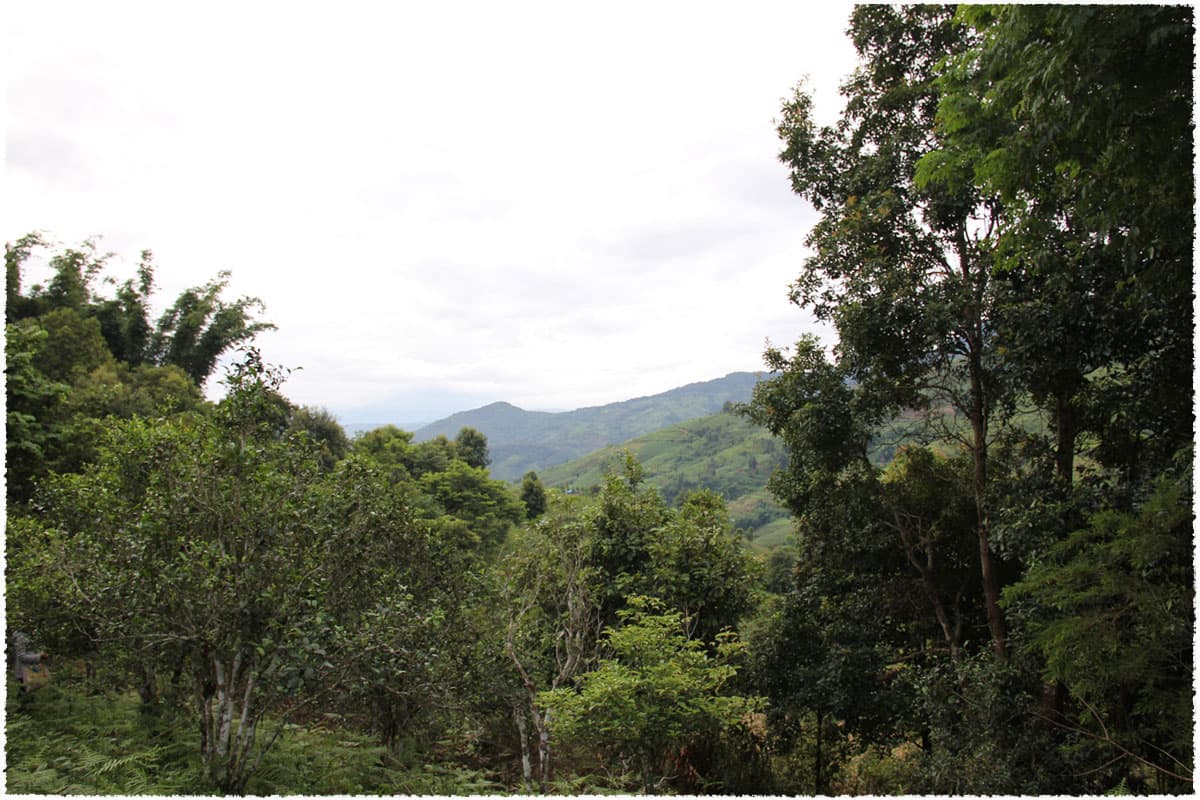
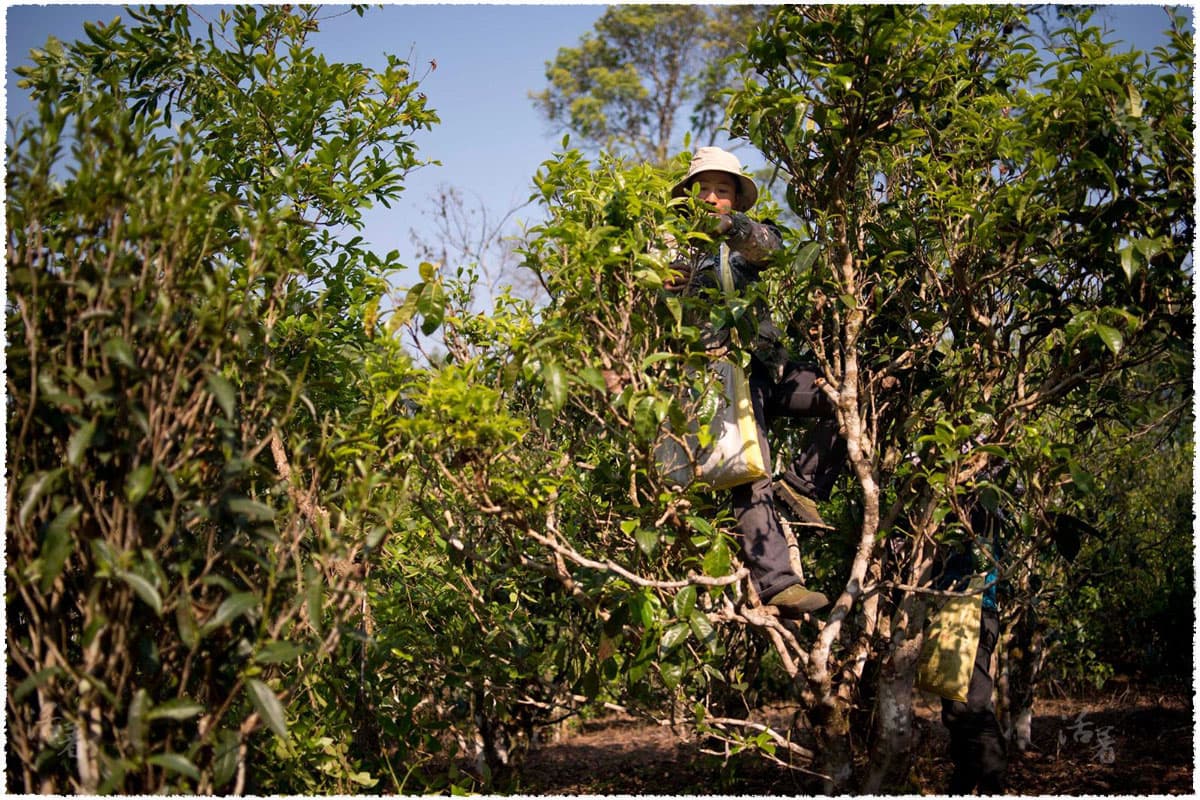
In the tea grove, tea farmers are picking tea leaves on the high tea tree.
Bulang Mountain in Menghai County of Xishuangbanna, Yunnan, is a famous pu-erh production area with the highest abundance of ancient tea trees within 100,000 hectares. The mountain rolls and stretches throughout Menghai, with deep valleys cutting through hills. The average elevation here reaches over 1200 meters, while the tall Sanduo Peak stretches up to around 2100 meters; standing there will give you a clear view of the entire mountain.
The surrounding area experiences good sunlight and abundant rainfall, being of the subtropical monsoon climate, and a remarkably short frost season. During the spring and winter, a thick, heavy fog lies around the area, while summer and autumn are most often overcast and rainy.
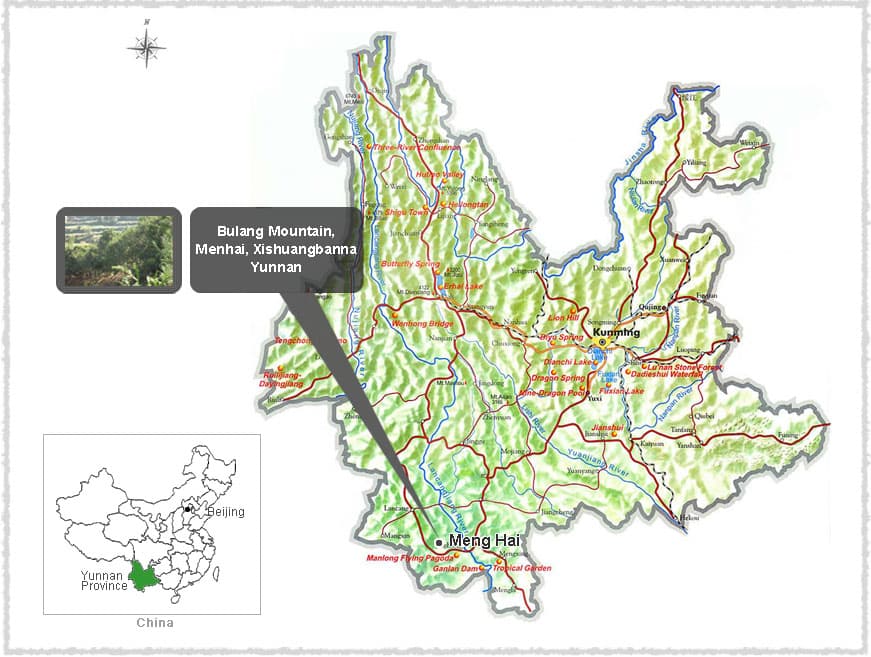
Native to Menghai County, Xishuangbanna, the Menghai large-leaf tea tree spaces was rated as the most improved national tea variety in 1984. It has the ability to grow up to 7m tall in the wild, with bold green leaves that are much larger than more common varieties. The buds of this species are most often yellow-green, and coated in fine fuzz. The leaves of this tree are high in phytochemicals: one tea bud with two leaves contains 2.3% amino acids, 32.8% polyphenolic compounds, 4.1% caffeine, and 18.2% catechinic acid. As a result, pu-erh tea made from the Menghai species is high quality and rich in flavor, with a soft taste and full-bodied essence.
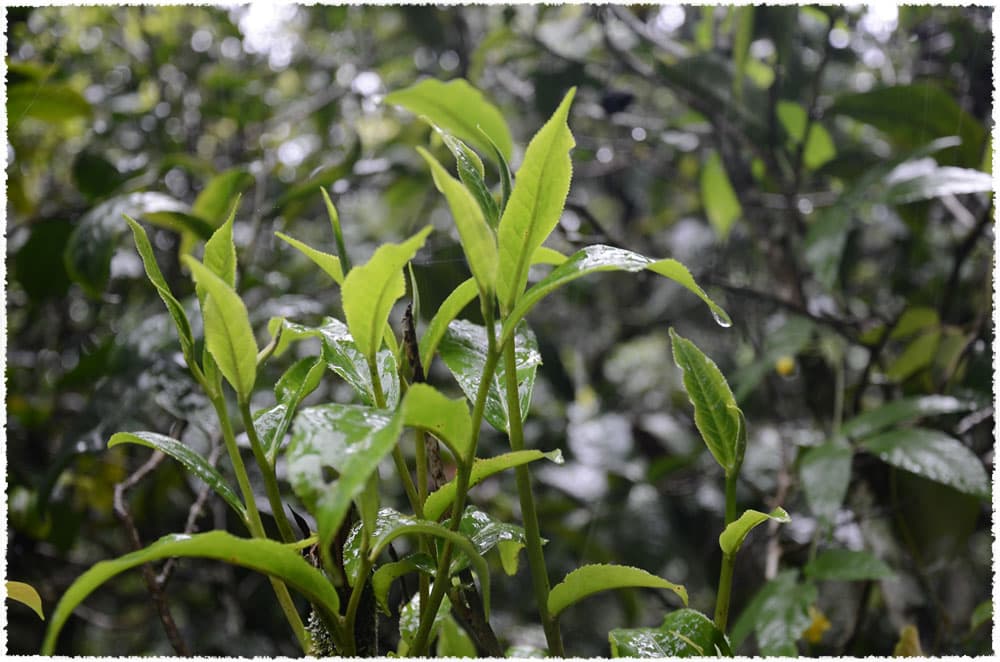
Pu-erh tea is one of the oldest types of Chinese tea, with a history stretching back over 1,700 years to the Eastern Han Dynasty, when the tea was called Jing Cha. It is named after the town of Pu’er in Yunnan province, which was the earliest trading center for this tea. In its early history pu-erh was used as a bartering currency throughout southwest China, and there the famed Cha Ma Gu Dao – or Tea Horse Road – was built especially to transport this tea through the Himalayas to other countries and areas in Tibet.
Additional information
| quantity | one, two, three, four, five |
|---|
Related Products
Related products
-

Natural Organic Fat Burning Tea 3 boxes
$89.90 Add to cart -
Sale!
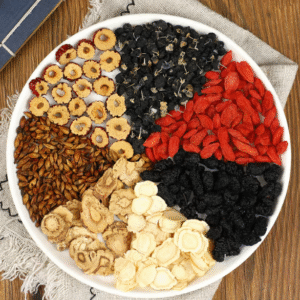
Ginseng Six Treasures Tea
$9.90 – $28.90Price range: $9.90 through $28.90 Select options This product has multiple variants. The options may be chosen on the product page -
Sale!
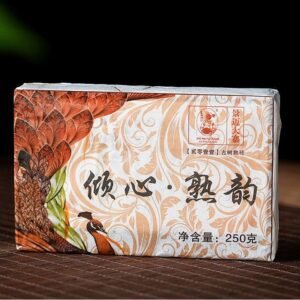
Jingmai Ancient Tree Ripened Pu-erh Brick Tea 2011
$159.00 – $738.00Price range: $159.00 through $738.00 Select options This product has multiple variants. The options may be chosen on the product page -
Sale!
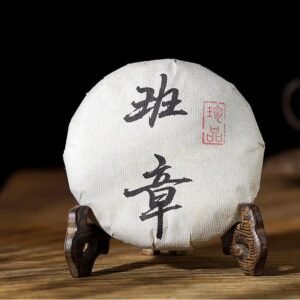
Ban Zhang Raw Pu-erh Cake Tea 2023
$49.90 – $228.00Price range: $49.90 through $228.00 Select options This product has multiple variants. The options may be chosen on the product page
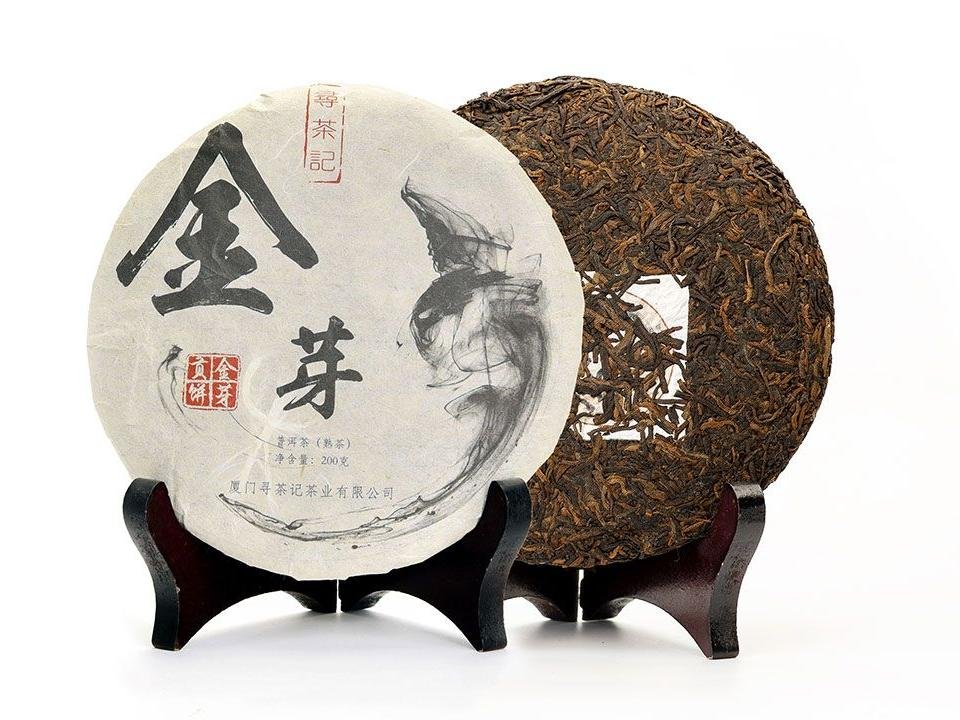



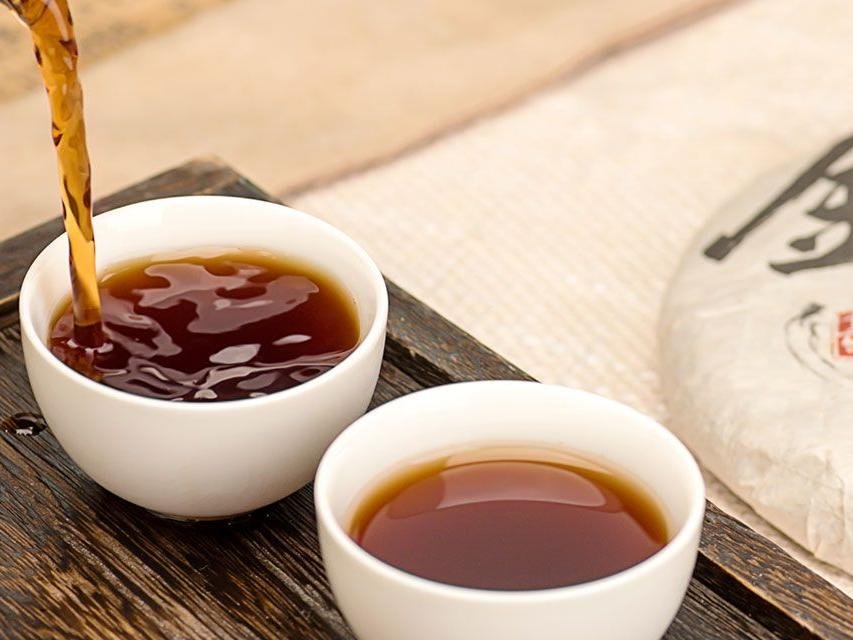
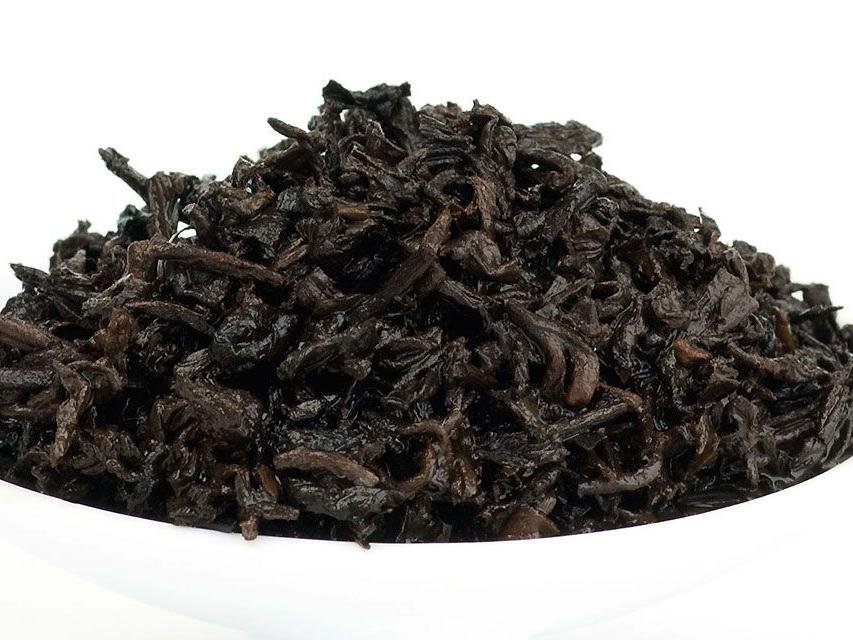
Reviews
There are no reviews yet.